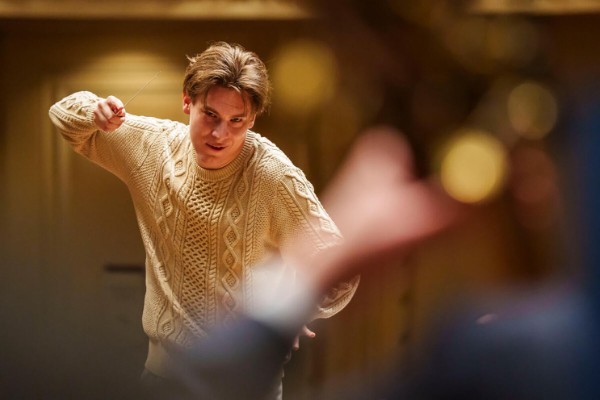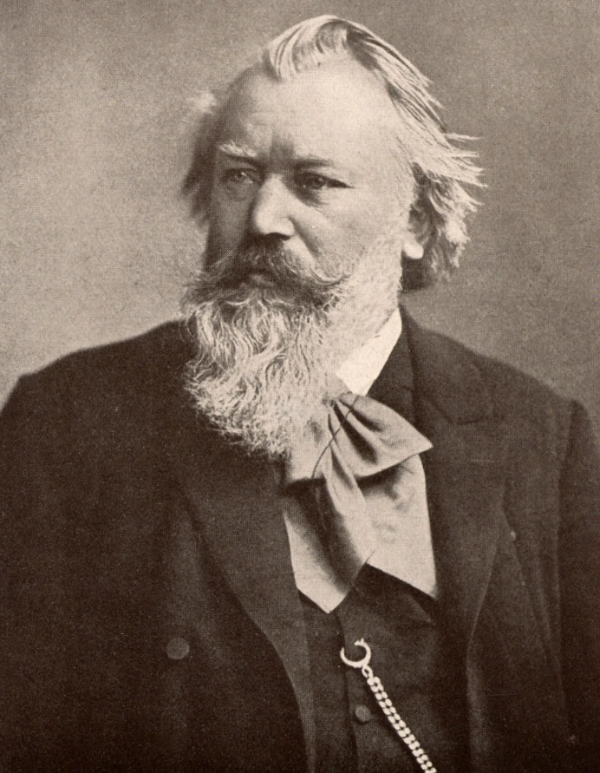Klaus Mäkelä is a sudden superstar in the classical music world.
Born in 1996, he is the most successful twentysomething conductor in the world today…and accordingly, one of the most controversial.

Klaus Mäkelä
Everyone in the field is asking: is he at the beginning of a major career, or is his success going to be a flash in the pan?
Today, we’re looking at his five most popular performances on YouTube, so you can make your own judgments.
We’re also looking at each performance’s heatmap, which will show moments that viewers returned to again and again.
In reverse order, here are Mäkelä’s five most popular YouTube performances, along with my completely subjective commentary. We’ll be starting with the least popular of the five videos and working our way up to the most popular.
Mahler: Symphony No. 3
353k views
Oslo Philharmonic, May 2022
We’re starting off with one of the most overwhelming challenges in the symphonic repertoire: Gustav Mahler’s Third Symphony.
It boasts six movements and takes between 95 and 110 minutes to perform, making it the longest symphony in the standard repertoire. (For what it’s worth, Mäkelä is on the brisker side, clocking in at 98 minutes.)
Viewer highlights according to the YouTube heatmap include:
- The jaunty, almost giddy finale to the first movement, around half an hour into the performance. Mäkelä conducts with sharp motions here, and the texture he draws out is rich and balanced in an interesting way.
- The chorus and orchestra entering together at the start of the fifth movement. This moment is described as “Cheerful in tempo and cheeky in expression” in the score, and the players certainly pull that off.
- The beginning and ending of the sixth movement, labeled “Slowly, tranquil, deeply felt.” Maybe it’s my imagination, but I feel like the musicians here are really luxuriating in a sense of freedom. By the deeply emotional final few minutes, Mäkelä’s hair is soaked through with sweat from the ninety-minute workout. But he seems to be enjoying himself, and not playing to the camera. By the final chords, he has set down his baton. He reaches his arms out like he’s physically embracing the sound. It’s an unexpectedly moving moment, even for a Mäkelä sceptic.
Brahms: Symphony No. 4
525k views
Oslo Philharmonic, June 2021
Brahms wrote his fourth and final symphony in 1884, when he was 51. It is often described as autumnal: a striking emotional challenge for a 25-year-old conductor to tackle. We’ll let you decide how successful Mäkelä and the Oslo Philharmonic were!
One of the performance’s most popular moments comes at 12:00, where the theme initially introduced in a sighing way at the beginning of the symphony turns into a statement of brassy majesty.
Another favourite spot is the joyful ending to the third movement at 31:45, as well as the final minute, which features the orchestra building up to an emphatic conclusion.
Aside from the performance, the camerawork in this video is first-rate. At the beginning, the camera pans over the orchestra, lending the performance a real sense of visual motion.
Tchaikovsky: Piano Concerto No. 1
With pianist Khatia Buniatishvili
2m views
Orchestre de Paris, 2022
Khatia Buniatishvili is a very popular pianist on YouTube, so it makes sense that a Buniatishvili/Mäkelä collaboration would be popular, too!
Add in Tchaikovsky’s first piano concerto – arguably the most popular Romantic Era piano concerto in the repertoire – and it’s a recipe for a hit video.
Buniatishvili has a brisk conception of the opening movement, and Mäkelä pushes the tempo right along with her.
Their smiles at 20:30 as the audience applauds the end of the first movement suggest they were having a blast onstage.
A musical highlight is the final movement, which begins at 28:15. After they finish their flashy performance, conductor and pianist give each other a big hug.
Shostakovich: Symphony No. 7
5.1m views
Frankfurt Radio Symphony, November 2019
Shostakovich’s seventh was written in the depths of World War II, as Leningrad was enduring a nightmarish siege by Nazi Germany.
At nearly an hour and a half long, it can be difficult to pace and requires a firm hand at the tiller.
Mäkelä looks assured and polished here, and his motions are crisp and decisive.
His decision to tackle this work, however, raises a philosophical question: can a 23-year-old plumb the emotional depths of a work by a war-weary 35-year-old Shostakovich?
Judging by the view count (this is by far the most popular version of the work on YouTube), many listeners would say yes.
The most popular part of the video is the last five minutes of the symphony, which consists of one long crescendo: loud, brash, and militaristic.
Beethoven: Symphony No. 9
6.8m views
Oslo Philharmonic, January 2019
This is Klaus Mäkelä’s most popular video on YouTube.
He looks impossibly young here: like a college-aged Harry Potter who took up conducting. It’s interesting to note the changes in his aesthetic from 2019: nowadays, for instance, he no longer wears glasses on the podium!
Just like his New World Symphony performance, it is clear from the opening measures that Mäkelä values dynamic range.
There may be some rough edges here, but a listener could argue that a slightly gruff character suits Beethoven’s character.
The most popular moments in the performance include several points in the monster finale. The fugue around 55:00 leading into the chorus singing the famous Ode to Joy theme is especially rousing.
Conclusion: What Do You Think?
Which performance is your favourite? Do you think Mäkelä deserves the hype? Let us know in the comments!
For more of the best in classical music, sign up for our E-Newsletter


